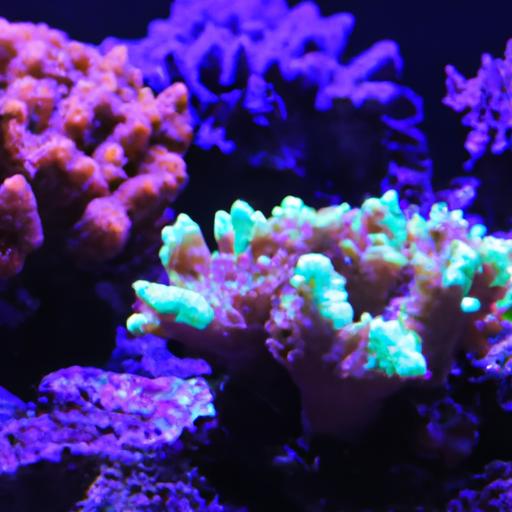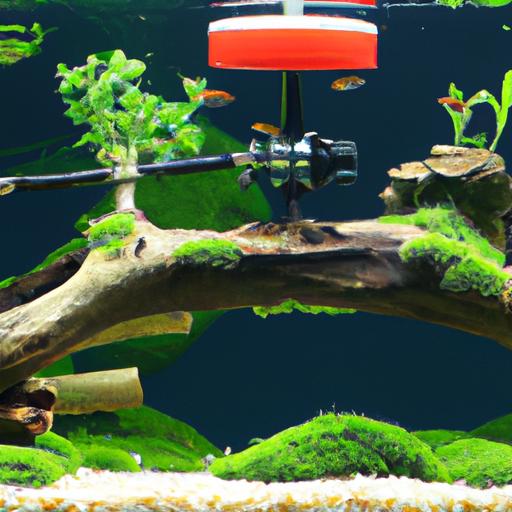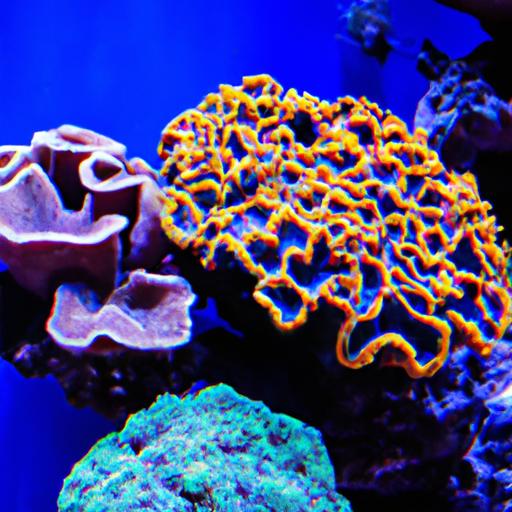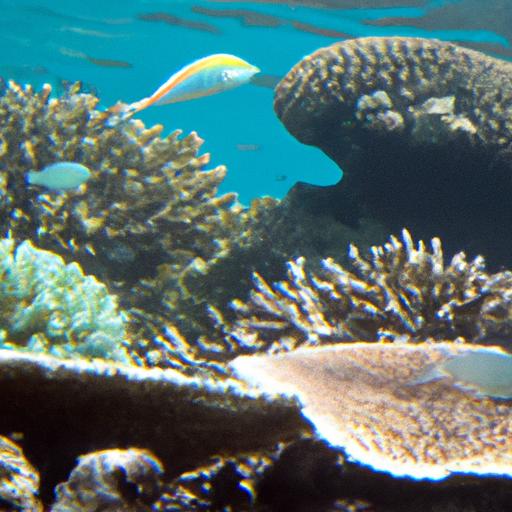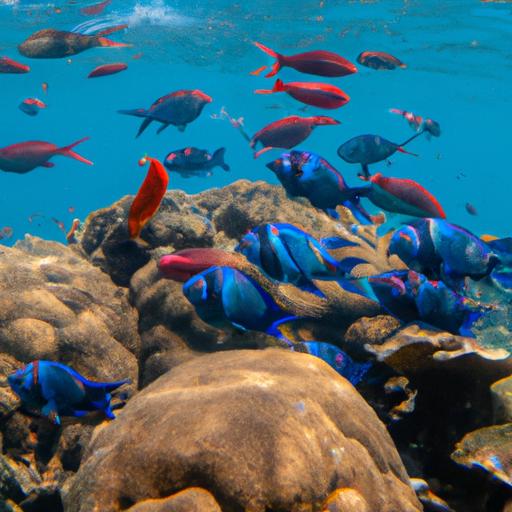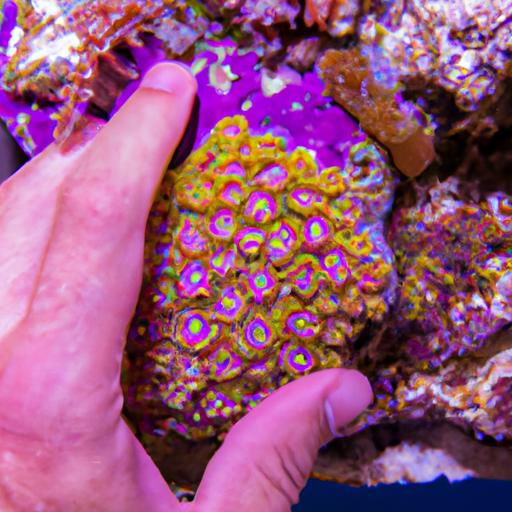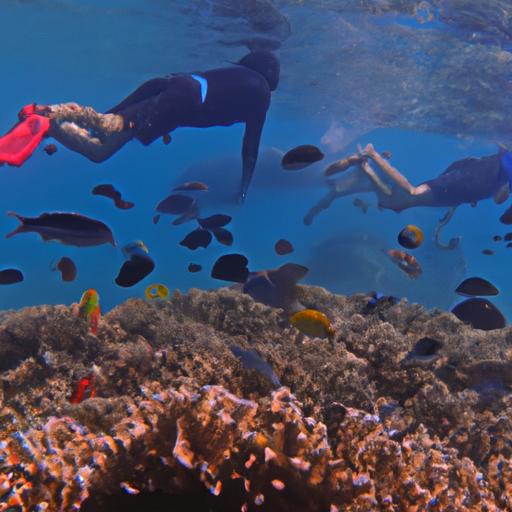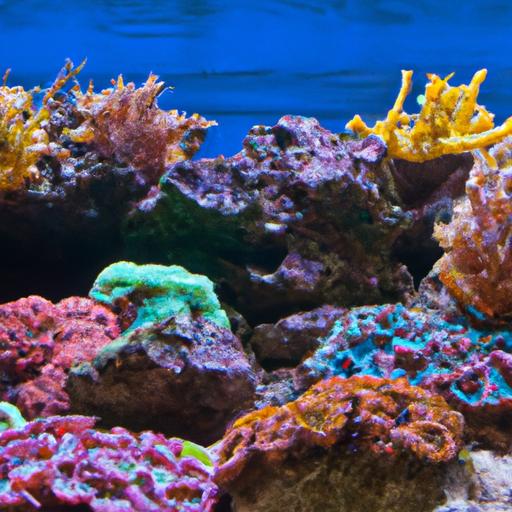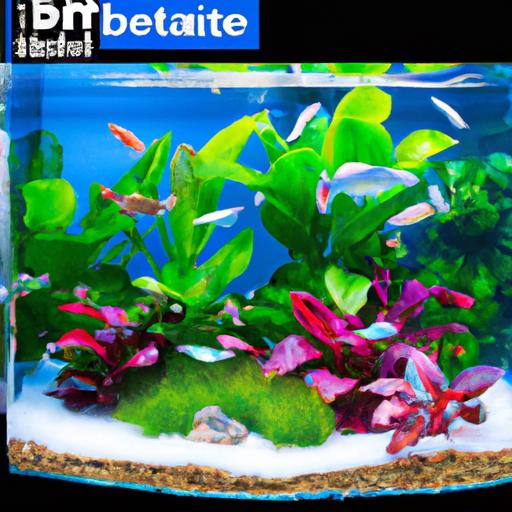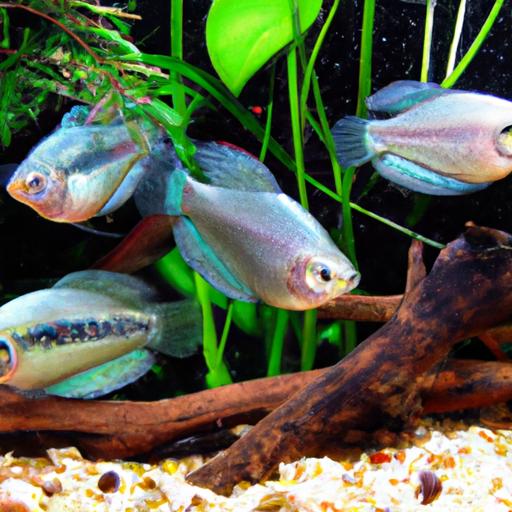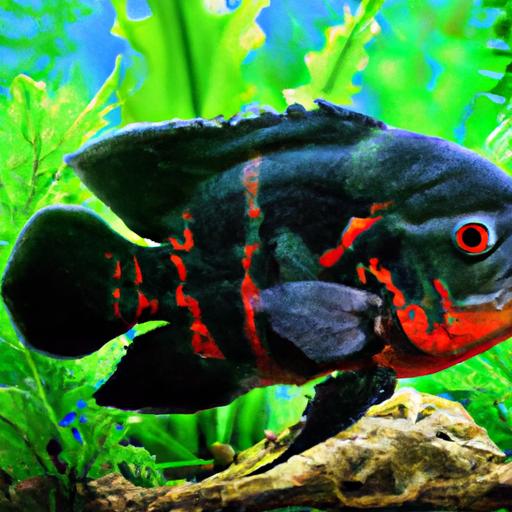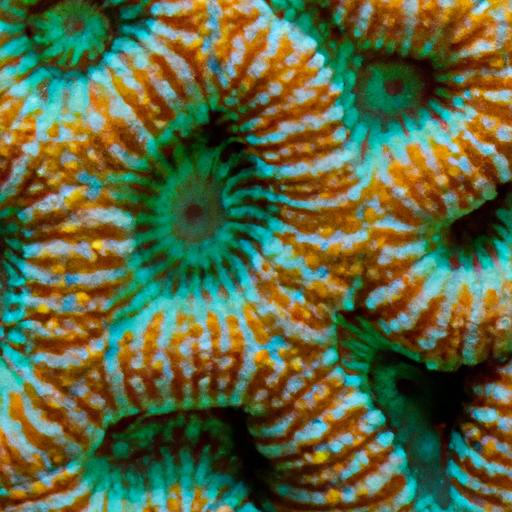
Coral Anatomy: Exploring the Intricacies of Polyp Structures
Discover the wonders of coral anatomy as we explore the intricacies of polyp structures and their significance in coral reefs. Dive in now!
Introduction to Coral Anatomy
Coral reefs are not only captivating natural wonders but also intricate ecosystems that house a diverse array of marine life. At the heart of these vibrant ecosystems are coral polyps, fascinating organisms responsible for the creation and maintenance of coral reefs. In this article, we will delve into the world of coral anatomy, unraveling the complexities of polyp structures and their significance in the marine environment.

The Polyp Structures of Corals
To truly understand the marvels of coral anatomy, we must first acquaint ourselves with the basic building block of coral reefs – the coral polyp. These tiny creatures, reminiscent of miniature sea anemones, play a pivotal role in the formation of coral colonies. Let’s explore the various structures that make up these extraordinary organisms.
Tentacles: Guardians of the Polyp
One of the most distinctive features of coral polyps is their long, delicate tentacles. These tentacles serve multiple purposes, acting as both sensory organs and formidable weapons. Equipped with an array of stinging cells called nematocysts, the tentacles defend the polyp against potential threats while also facilitating the capture of prey.
Mouth and Gastrovascular Cavity: Nutrient Processing Centers
Located at the center of the polyp, the mouth serves as the gateway to the intricate gastrovascular cavity. This cavity acts as a digestive and nutrient absorption system, enabling the polyp to break down and absorb organic matter. Through this process, coral polyps obtain the energy and nutrients necessary for their survival and growth.
Mesenteries: The Architects of Reproduction and Support
Within the gastrovascular cavity, you will find a network of delicate structures known as mesenteries. These mesenteries not only provide structural support to the polyp but also play a crucial role in reproduction. Some mesenteries contain reproductive cells, allowing polyps to reproduce both sexually and asexually, further contributing to the growth and expansion of coral colonies.
Calyx: The Foundation of Coral Reefs
While hidden beneath the vibrant living tissue of coral polyps, the calyx is a vital component responsible for the formation of coral skeletons. This cup-shaped structure secretes calcium carbonate, building the characteristic hard exoskeleton that provides shelter for the polyp and contributes to the creation of coral reefs.
Frequently Asked Questions about Coral Anatomy
What is the purpose of the coral polyp’s exoskeleton?
The coral polyp’s exoskeleton serves multiple purposes. Firstly, it provides protection to the delicate polyp against physical damage and predators. Secondly, it acts as a foundation for the growth and expansion of coral colonies. Lastly, the exoskeleton contributes to the formation of coral reefs, which in turn provide habitats for numerous marine species.
How do coral polyps reproduce?
Coral polyps possess remarkable reproductive capabilities. They can reproduce both sexually and asexually. Sexual reproduction occurs through the release of eggs and sperm into the water, where fertilization takes place. Asexual reproduction, on the other hand, involves the budding of new polyps from the parent polyp, allowing for rapid colony growth.
Can coral polyps move?
While coral polyps are sessile organisms, meaning they are permanently attached to a substrate, they do possess limited mobility. They can extend and retract their tentacles, allowing them to capture prey and adapt to changing environmental conditions. However, their overall movement is restricted to the growth and expansion of the coral colony.
What happens to coral anatomy during bleaching events?
During coral bleaching events, coral polyps expel the symbiotic algae living within their tissues, causing the coral to lose its vibrant colors and turn pale. This process disrupts the delicate balance between the polyp and the algae, leading to reduced nutrient intake and increased susceptibility to stressors. If prolonged, bleaching can have devastating consequences for coral reefs.
How do polyp structures differ among different coral species?
Coral polyp structures can vary significantly among different coral species. Some species may have long, branching tentacles, while others may have shorter, stubbier ones. Similarly, the shape and arrangement of mesenteries and the size and complexity of the calyx can differ, contributing to the diverse forms and structures observed in coral reefs worldwide.
Conclusion
Coral anatomy is a captivating subject that allows us to appreciate the intricacies of polyp structures and their vital role in the formation and maintenance of coral reefs. By understanding the functions and adaptations of these remarkable organisms, we gain valuable insights into the fragility and significance of coral ecosystems. Let us cherish and protect these underwater marvels, ensuring their preservation for future generations to explore and admire.
